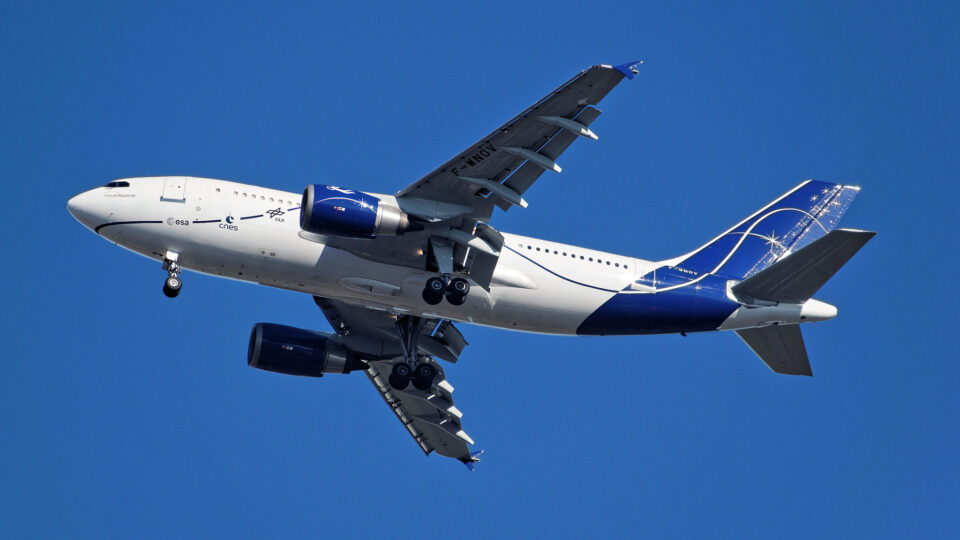Aviation contributes about 3% of global greenhouse gas emissions. Its carbon footprint is one of the more difficult ones to reduce. Electrifying planes would shrink that footprint considerably, but it represents a significant technical challenge. To date, only small all-electric planes have gotten off the ground. The electric motors in those planes generate hundreds of kilowatts of power. To power large planes, like commercial airliners, megawatt-scale motors are required.
A team of MIT engineers is developing a 1-megawatt motor that could be a key step towards electrifying commercial aircraft. They have designed and tested major components of the motor and have calculated how the completed design could generate one megawatt of power at a weight and size competitive with existing small aircraft engines.
To be suitable for aircraft use, motors have to be compact and lightweight. The more power electric motors generate, the bigger they are and the more heat they produce. Cooling motors requires additional components that take up space and add significant weight. The MIT motor design and associated power electronics are each about the size of a typical checked suitcase and weigh less than an adult passenger.
Once the MIT team can demonstrate an entire functional motor, the design could be used to power regional aircraft and could be the enabling element of hybrid-electric propulsion systems for jet aircraft. Possible future configurations could make use of multiple one-megawatt motors powering multiple fans distributed along aircraft wings.
Electrification of aircraft is a slow but steady area of development and technologies such as that being developed at MIT could end up meeting the practical needs of the aircraft of the future.
**********
Web Links
Megawatt electrical motor designed by MIT engineers could help electrify aviation
Photo, posted September 14, 2019, courtesy of Dylan Agbagni via Flickr.
Earth Wise is a production of WAMC Northeast Public Radio

